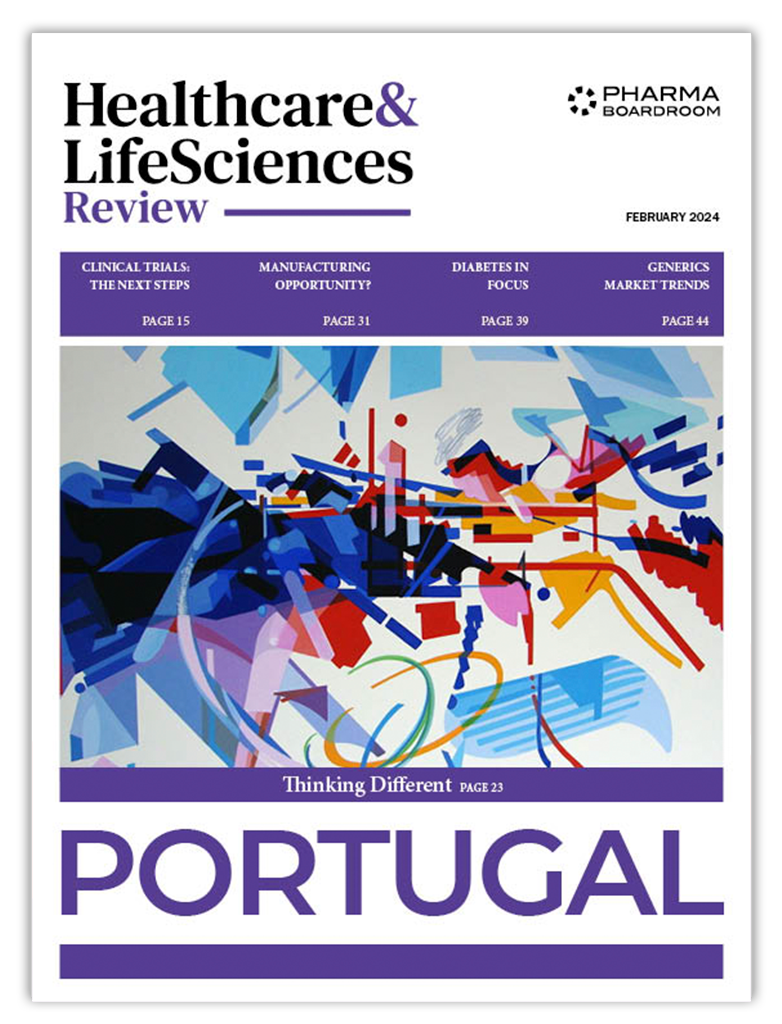In the latest government-driven initiative to tackle drug prices in the US after the Inflation Reduction Act (IRA), California plans to cut drug prices by buying opioid overdose reversal drug naloxone directly from its generics manufacturer and distributing it under its own CalRx initiative.
California will continue to be a leader in the fight to ensure everyone has equal access to affordable healthcare and prescription medications they need to stay healthy
California Attorney General Rob Bonta
“Disrupting the Drug Industry”
The IRA has set out to lower the prices of certain drugs by enabling Medicare, the federal health programme for seniors, to negotiate directly with pharma companies. California now intends to take things a step further by buying a drug — the over-the-counter (OTC) opioid overdose reversal nasal spray — directly from its producer, the New Jersey-based generics manufacturer Amneal Pharmaceuticals, through its own CalRx initiative.
“California is disrupting the drug industry with CalRx — securing life-saving drugs at lower and transparent prices,” California’s Democrat Governor Gavin Newsom said in a statement. Through the novel move the state aims to tackle the opioid-related overdoses that caused almost 7,000 deaths there in 2022, “maximising taxpayer dollars and saving more lives.”
By purchasing the newly FDA-approved OTC version of naloxone for USD 24 a pack, about half the market price, the state claims it will in fact be able to buy 3.2 million twin packs instead of the 2 million it purchased at the previous price.
Overturning Exorbitant Insulin Prices
This is not the first time California has set out to take drug pricing matters into its own hands. Last year, the state announced plans to work with non-profit pharma company Civica through CalRx to secure USD 30 biosimilar insulin doses, bringing down the price of the medicine by 90 percent.
“With CalRx, and unlike private companies, we’re getting at the underlying cost – the price is the price, and CalRx will prevent the egregious cost-shifting that happens in traditional pharmaceutical price games. It’ll cost us USD 30 to manufacture and distribute, and that’s how much the consumer can buy it for,” read the statement from the governor’s office announcing the plan.
Many patients pay little more than a USD 20 to 35 co-payment for their monthly insulin supply and since January of last year the IRA has imposed a USD 35 price cap for insulin users with Medicare Part D. Yet patients who are uninsured or have high-deductible insurance plans often face costs reaching up into the hundreds of dollars per month.
While the three companies that produce about 90 percent of the world’s insulin, Eli Lilly, Novo Nordisk, and Sanofi, have announced price cuts and out-of-pocket caps, the state has held them responsible for abusive prices along with the three biggest pharmacy benefit managers (PBMs), CVS Caremark, Express Scripts and Optum. California filed a lawsuit in 2023 claiming that these companies were driving up the cost of the drug through “unlawful and deceptive business practices in violation of California’s Unfair Competition Law.”
“Insulin is a necessary drug that millions of Americans rely upon for their health, not a luxury good. With today’s lawsuit, we’re fighting back against drug companies and PBMs that unacceptably and artificially inflate the cost of life-saving medication at the expense of vulnerable patients,” said California Attorney General Rob Bonta. “No one should be forced to ration or go without basic medication that could mean the difference between life or death. California will continue to be a leader in the fight to ensure everyone has equal access to affordable healthcare and prescription medications they need to stay healthy.”
Can CalRx Really Have an Impact?
While California’s initiatives have received their share of praise, a certain level of scepticism remains as to whether CalRx will actually have an impact on the drug market. About the insulin deal, Anrew Mulcahy, a senior policy researcher at the RAND Corporation whose 2020 study found the average US price for insulin was 10 times higher than in other countries said: “There’s potential for savings for Californians and others. But it’s not clear this is going to fundamentally change the market.”
A JAMA editorial as reported by the New York Times suggested that CalRx could potentially provide a powerful model for state-driven disruption of the pharmaceutical industry.
Industry group Pharmaceutical Research and Manufacturers of America (PhRMA) has often accused PBMs as the real culprits behind excessive drug prices. Reid Porter from the organization claimed the California governor “wants to score political points and villainize the industry responsible for making California a global leader in developing lifesaving treatments and cures and infusing more than UD 200 billion into the economy and supporting nearly 700,000 jobs.”



